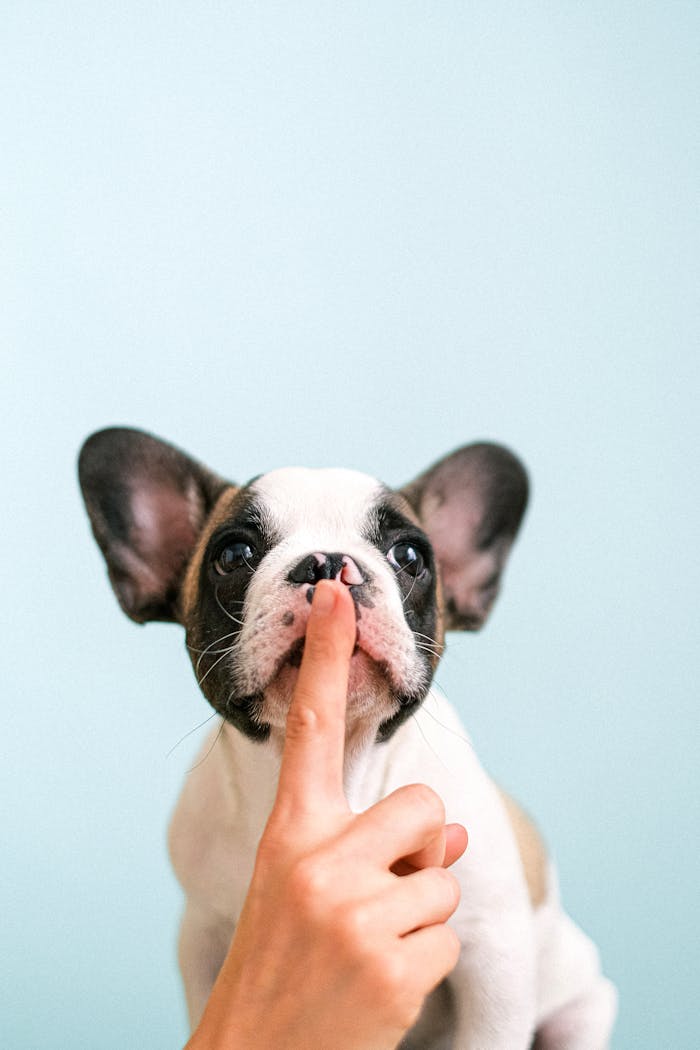Early Signs of Separation Anxiety in Puppies
New pup parents, are you using a crate and playpen? They’re lifesavers for teaching your pup and avoiding naughty behavior. If your pup barks or whines excessively, they may be lonely. Check out our latest blog for advice on spotting separation anxiety and fun tips to make them feel at home. Plus, watch our cute video! Woof woof!
Symptoms of Puppy Separation Anxiety

If your puppy is whining, crying, barking, or howling persistently whenever you confine it in a crate or playpen, this is an early sign of separation anxiety.
Other signs include:
- Anxious body language (such as a furrowed brow, ears pinned back, and a tucked tail) accompanied by whale eye (when a pup’s eyes look like they are bulging out of their sockets);
- Loss of bladder and bowel control;
- Chronic stress panting, pacing, or drooling;
- Destructiveness to the padding inside of a crate or pen;
- Pawing at or chewing on the bars of a crate or pen.
These symptoms will often appear immediately or within the first five minutes of being confined OR whenever your pup can’t see or follow you somewhere (like when you shut them out of the bathroom or leave the house without them).
How Separation Anxiety Can Impact Your Life
When your beloved puppy happens to howl incessantly, don’t worry, there are ways to manage it. One option is to invest in a good pair of earplugs to save yourself from the noise. Another is to keep them confined to a certain area when they are in their howling phase, or opt for a professional daycare service. However, let’s face it, no matter how loud they can be, who can resist having a furry companion by your side all the time? So go ahead, embrace the love and joy that a furry sidekick brings to your life!

How to Treat Puppy Separation Anxiety
Does your little pup get anxious when you’re not around? No problem! At SMP PAWS Los Angeles, we have a few tricks up our sleeves to help your furry friend relax. Listen for signs of anxiety such as barking, howling, and crying when you’re away. But don’t worry, we’ll have them feeling great in no time! It all starts with sprucing up their space with an old t-shirt that smells like you, and setting the mood with some calm music in the background. To give them extra good vibes, bring out their favorite toy or snack and hang out close by. With just 15 minutes of consistent training each day, your pup can say goodbye to separation anxiety and enjoy being on their own. Let’s get started!
Release Your Pup for a Break
When the protests have ceased and your puppy has calmed down, it’s time to let them out of their crate or playpen for a brief break. However, be careful not to overstimulate them by keeping interactions to a minimum. Remember, any attention can be a trigger for them to become riled up again. Prepare some tasty treats to reward them for their good behavior when practicing settling down once more. Taking an extended break at this point can help your pup to develop healthy habits and stay content!
Give Your Pup a Handful of Treats
Who says puppy prison has to be boring? Keep your pooch entertained and relaxed by treating them like royalty! Sprinkle their favorite treats inside their cozy quarters every time they’re locked up, making confinement as fun as recess. A little snack can go a long way in keeping their heart rate in check and lifting their spirits. Now they have every reason to look forward to me-time, whether they’re feeling funky or not. Perfect for those prone to puppy panic attacks, this strategy provides an unbeatable rush of feel-good vibes for your furry friend. You know the drill – keep the stash stocked and toss in plenty of love and affection for a safe and happy home away from home.
Repeat the Process 5 to 10 Times
You are well on your way to success! Repeat this process 5 to 10 times until your puppy settles down immediately when returned to its crate or playpen. You should feel proud of yourself for taking the first steps toward teaching your puppy to overcome separation anxiety using positive and compassionate methods. Now that you have made progress, it’s time to continue. Work towards confining your pup for longer periods of time and remember to take short intervals when going out of sight.
Repetition is the key to success
Pets that suffer from separation anxiety can be eased and their condition improved by getting them gradually accustomed to a crate as part of their daily routine. This process may require some effort, which can take around 3-6 weeks to achieve. By creating a consistent and structured routine for your pets, you can provide them with a sense of security and comfort, and help them overcome their separation anxiety.


